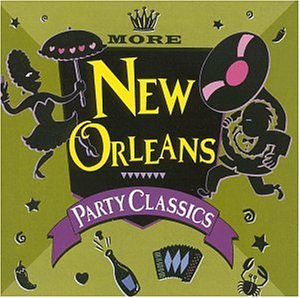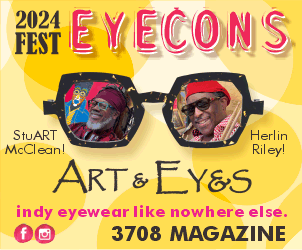It’s not often a various-artists compilation spanning diverse genres and lime periods has real staying power, but 1991’s New Orleans Party Classics has endured beyond expectation.
 Spanning the second half of the century and gathering a bunch of both familiar and infrequently heard jukebox hits, most of them built on variations of a funked-up parade beat (which in New Orleans, of course, implies “party”), Party Classics hit just the right chord through, choice selection and perfect sequencing, working out so well the label apparently decided to try again, with satisfying results.
Spanning the second half of the century and gathering a bunch of both familiar and infrequently heard jukebox hits, most of them built on variations of a funked-up parade beat (which in New Orleans, of course, implies “party”), Party Classics hit just the right chord through, choice selection and perfect sequencing, working out so well the label apparently decided to try again, with satisfying results.
Where the first volume varied the pace with instrumental tracks, More Party Classics relies on the B side (“Part 11”) of Jessie Hill‘s “Ooh Poo Pah Doo,” the Meters’ “Cabbage Alley,” and “All Nite Long” from saxophonist Robert Parker (who also contributes his well-known hit, “Barefootin”).
The second installment begins at fever pitch with a string of chart-toppers like “Rocking Pneumonia and the Boogie Woogie Flu,” “Land of 1000 Dances,” “Down Home Girl,” and “Ride Your Pony,” but also includes unjustly obscure tracks like “Te-Ta-la-Ta-Ta” by Ernie K-Doe, “Roberta” from Frankie Ford, T.V. Slim’s “Flatfoot Sam,” “The Joke” from Reggie Hall, and “We Got a Party” by The Party Boys. A particularly nice sequence midway in the program combines 1975’s “New Suit,” by the Wild Magnolias, with ”Titpitina,” cut in 1990 by Bo Dollis & the Rebirth Brass Band, followed by “Jack-a-mo,”‘ from 1953 by Sugar Boy Crawford & His Cane Cutters.
The proceedings close with Clarence “Frogman” Henry‘s elegant “But I Do” and a rollicking “When the Saints Go Marching In” by Fats Domino.
I hope the masterful ending doesn’t signal an end to this series because compilations as excellently done as these (and the vinyl-only, three-part History of New Orleans R&B that Rhino has yet to release on CD) serve an invaluable purpose, elevating the status of a commercially based, popular art while articulating an essential facet of the indigenous New Orleans style better than words ever could.




